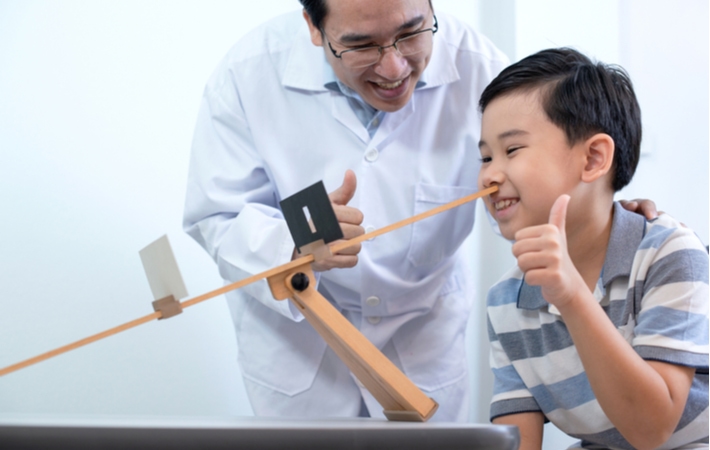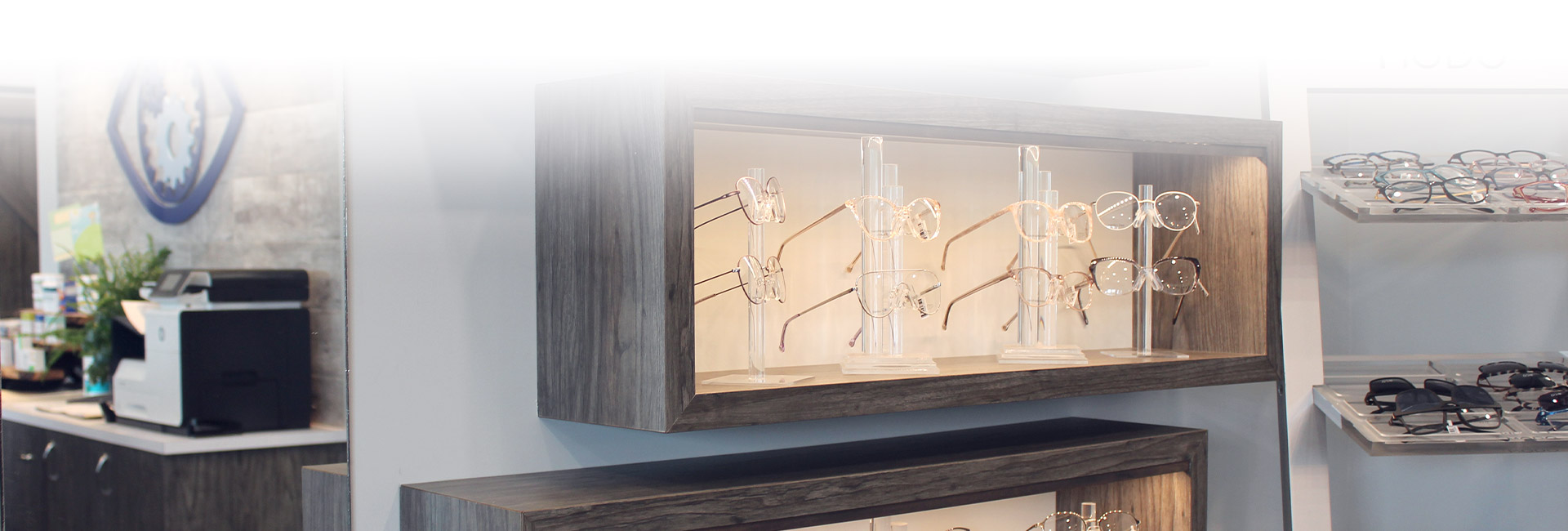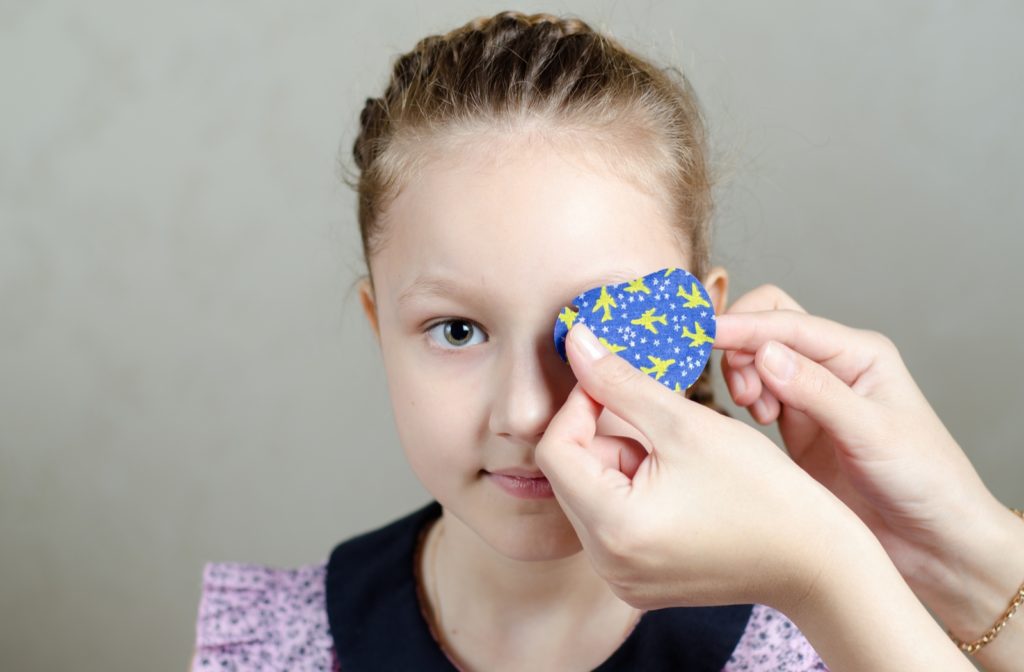In the past, eye doctors often turned to eye patching to help correct a lazy eye. However, new treatment methods have been proven to be more successful in helping children’s vision develop properly, correcting issues like amblyopia, commonly known as “lazy eye.”
Understanding Amblyopia
Amblyopia is a condition where one eye does not see nearly as well as the other, even when wearing glasses. This usually occurs due to abnormal visual development during childhood. The brain will then favour the stronger eye, which can cause vision in the weaker eye to get worse.
The sooner amblyopia is diagnosed and treatment begins, the more effective correcting the lazy eye will be.
Why Should We Correct Amblyopia?
If amblyopia, or “lazy eye” is left untreated, vision in the weaker eye can continue to deteriorate and the lazy eye can become a permanent issue into adulthood. Fortunately, there are modern methods available to help improve the eye’s function and vision.
What Is Eye Patching?
Patching for lazy eye used to be the go-to method for optometrists, but eye care has evolved so far in recent years.
This antiquated method used an eye patch to cover the “stronger” eye, forcing the “weaker” eye to improve. A child would wear an eye patch anywhere from 2–6 hours each day.
However, this method can lead to the stronger eye developing amblyopia as well, and it can be difficult to encourage kids to wear an eye patch for hours at a time, reducing its efficacy.

Advances in Eye Care
Thankfully, the medical field and optometry are always evolving. Now, there are better ways to correct amblyopia, without causing harm to your child. Amblyopia is a binocular vision disorder that can be corrected with the help of vision therapy.
Amblyopia can be diagnosed at your child’s comprehensive eye exam. This vision disorder typically develops before age 7, but it can occur later in life. Starting vision therapy early is the best way to correct amblyopia, but vision therapy can begin at any stage, even in adulthood.
Glasses & Contact Lenses
Corrective lenses like eyeglasses and contact lenses can help improve vision in the weaker eye, helping it work together with the stronger eye. Correcting vision in the weaker eye helps to build a stronger connection with the brain, allowing it to see better.
Vision Therapy
A combination of exercises and other therapeutic tools can be used to help improve symptoms of amblyopia. Vision therapy programs are uniquely created to help improve your visual skills, like binocular vision disorders, and may include exercises, activities, and treatments, like:
- Helping the eyes work together (Eye teaming)
- Eye jumping (Saccades)
- Eye-tracking activities
- Hand-eye coordination
- Focusing exercises
Your child’s optometrist can discuss vision therapy options with you to recommend the best course of action to correct issues like amblyopia.
Amblyopia in Adults
It is never too late to improve a lazy eye. If you have lived with amblyopia, vision therapy can help improve your visual function. Although it may take extra time, this binocular vision disorder can be improved.
Your eye doctor can diagnose your eye condition at your comprehensive eye exam.
Talk to your optometrist about what options are available to you.
Bring Vision Correction Into the Future
There are better ways to correct amblyopic “lazy eye” vision than the old, outdated eye patch. To ensure your child is getting the best chance at clear, unobstructed vision, be sure to attend their regularly scheduled eye exams.
If you suspect that your child’s eyes may not be working together properly, you don’t have to wait until their next scheduled visit. You can bring your child in any time to have their eyes assessed. The sooner we can diagnose amblyopia, the sooner we can get started on treatments, giving them the opportunity for quick recovery from their symptoms.
Your Trusted Vision Therapists
Beyond 20/20 is Moncton’s trusted vision therapy clinic. Our professional vision therapists are passionate about improving the lives of others through vision therapy programs that are built to each individual’s specific needs. If you or your child are experiencing issues with your vision, get in touch to start improving your sight today.




